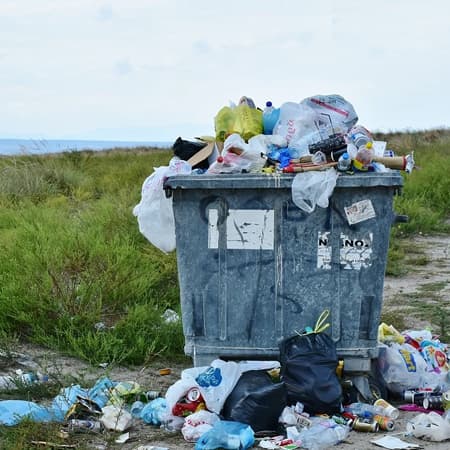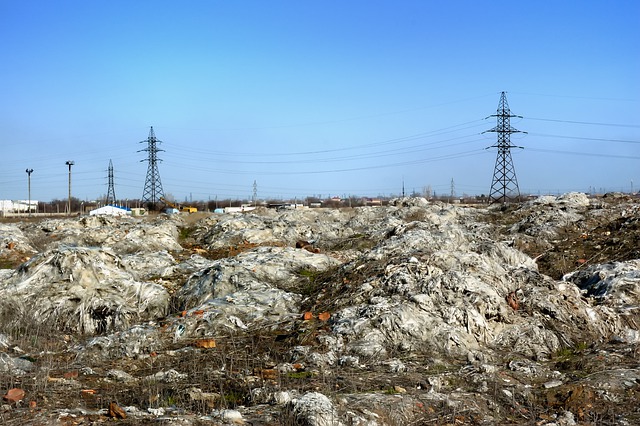Humans have produced more plastic over the last 10 years than during the whole of the last century. Think of it this way: one million plastic bottles are bought around the world every minute. Roughly half the world’s plastic produced is used just one time.
How Plastic Bags are a threat to the Environment?
The distribution of plastic debris is highly variable as a result of certain factors such as wind and ocean currents, coastline geography, urban areas, and trade routes. The human population in certain areas also plays a large role in this. It serves as a means of distribution of organisms to remote coasts that are not their native environments. This could potentially increase the variability and dispersal of organisms in specific areas that are less biologically diverse. Plastics can also be used as vectors for chemical contaminants such as persistent organic pollutants and heavy metals.

Plastic pollution as a cause of climate change
Production and incineration of plastic will contribute greenhouse gases in the equivalent of 850 million tonnes of carbon dioxide (CO2) to the atmosphere. In the current trend, annual emissions from these sources will grow to 1.34 billion tonnes by 2030. By 2050 plastic could emit 56 billion tonnes of greenhouse gas emissions, as much as 14 percent of the earth's remaining carbon budget.

Effects of plastic on land
Plastic pollution on land poses a threat to the plants and animals – including humans who are based on the land. Estimates of the amount of plastic concentration on land are between four and twenty-three times that of the ocean. The amount of plastic poised on the land is greater and more concentrated than that in the water

Biodegradable
Another innovation in the plastics industry has been the introduction of biodegradable plastics into the market. Unfortunately, the term Bio-degradable can give you a false sense of security when you dispose of it. The sad reality is, there is no universal standard or even a strict national standard for what constitutes “Bio-degradable”. Companies can (and do) call the plastics they use “bio-degradable” based on the lowest of standards.
Here are some practical ways you can make everyday changes to help reduce plastic pollution.
- Stop using plastic straws, even in restaurants. If a straw is a must, purchase a reusable straw.
- Use a reusable produce bag. A single plastic bag can take 1,000 years to degrade. Purchase or make your own reusable produce bag and be sure to wash them often!
- Use a reusable bottle or mug for your beverages, even when ordering from a to-go shop.
- Bring your own container for takeout and leftovers.
- Say no to disposable plastic cutlery. Switch to Bamboo Cutlery
Every small change we make makes a tremendous impact. Be wise and choose wisely. Switch to Bamboo Products for a better earth.









































